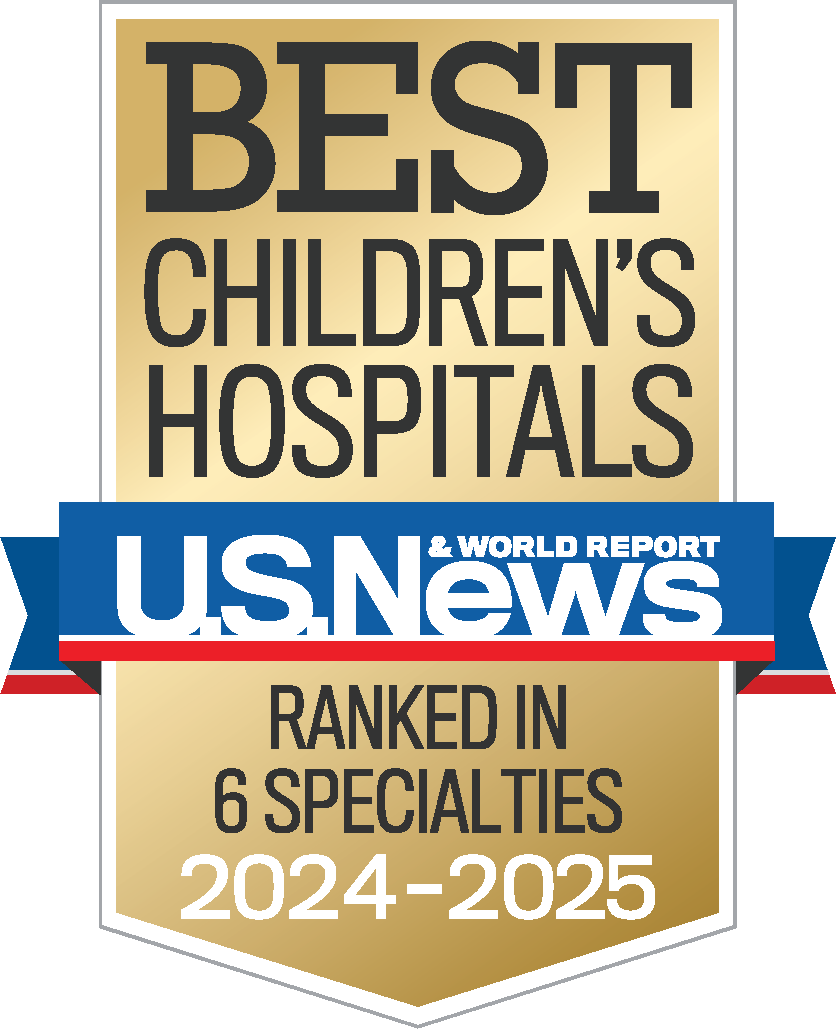Sturge-Weber Syndrome
Zaylan Jones showed signs of delayed development at an early age. At 10 months old, he
struggled to walk and talk and sit up on his own. One day, when Zaylan began running a fever,
seizing and vomiting, his mother, Linda Swain, rushed him to their local emergency room.
Doctors, unable to determine what was going on, sent Zaylan to Children’s of Alabama in
Birmingham, but even at Children’s, doctors were unable to give an immediate diagnosis.
“Nobody could determine what was going on,” Linda said. “Multiple doctors were brought in to
see Zaylan, but no one was able to pinpoint what was wrong with him.”
Zaylan was eventually rushed back to Children’s after having multiple seizures at home. Zaylan
and Linda were met by a familiar face, pediatric neurologist Dr. Monisha Goyal, who first
mentioned the disease that possibly ailed Zaylan – Sturge-Weber syndrome (SWS). “She was a
godsend,” Linda said of Dr. Goyal. “She gave me hope that we could get this figured out and get
him well.”
Dr. Goyal brought in multiple doctors, and after running several tests, Zaylan was officially
diagnosed SWS, a neurological disorder that caused his body to produce more blood vessels
than his brain needed. Doctors also determined SWS caused Zaylan to have seizures while
sleeping. After a discussion with pediatric neurosurgeon Dr. Jeffrey Blount, Linda knew surgery
was the only viable option. “The doctors were afraid that one day he would seize and not wake
up, so it became clear to me, to everyone, that he needed surgery,” Linda said.
Zaylan underwent two surgeries in a seven-day period, the first to pinpoint the problem and the
second to remove the excess blood vessels in his brain. “The surgery went great,” Linda said.
“He has been seizure-free ever since. But because the disease affected a particular portion of
the right side of his brain, Zaylan was given just a 1 percent chance of relearning some fine
motor skills such as tying his shoes or feeding himself.”
Despite the odds, Zaylan persevered. He endured speech therapy, physical therapy and
occupational therapy, making the trip to Children’s every single week. He still has some
delays—the surgery caused him to lose some of his vision and the hearing in one ear—but
Zaylan has regained most of his fine motor skills and is back in school. Linda credits Dr. Goyal,
Dr. Blount, and the many other doctors and nurses at Children’s for that blessing.
“When you’re just waiting on a diagnosis it’s so difficult. It’s so easy to just lose all hope,” Linda
said. “But the doctors at Children’s never gave up. They stayed with it and figured out how to
make Zaylan better.”





